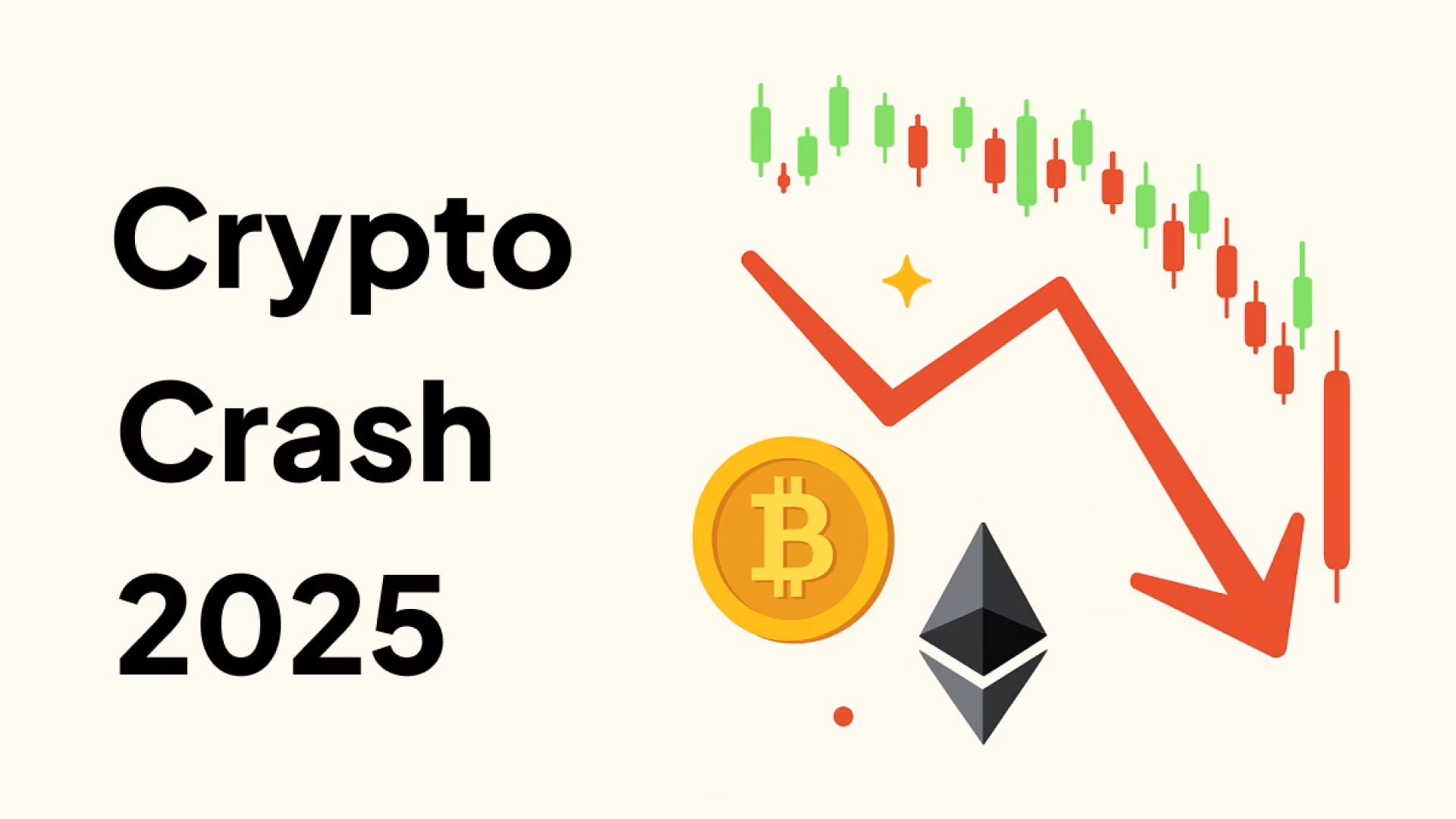What the End of Fed Quantitative Tightening Could Mean for Crypto Prices in 2026
The Federal Reserve’s quantitative tightening (QT) has been one of the most significant macro headwinds for risk assets since 2022. As the Fed reduced its balance sheet and drained liquidity from the financial system, investor appetite for high-risk assets, including cryptocurrencies, weakened.
Many analysts now expect the Fed to end QT by late 2025 or early 2026. The key question is whether that policy shift could signal the start of a new cycle for Bitcoin and other digital assets.
What Is Quantitative Tightening (QT)?
Quantitative tightening is the opposite of quantitative easing (QE).
During QE, the Fed buys government bonds and injects liquidity into the financial system, which supports economic growth and asset prices.
During QT, the Fed lets bonds mature or sells them, removing liquidity and tightening financial conditions.
Less liquidity tends to reduce speculative capital. For crypto, which depends heavily on global liquidity and risk appetite, aggressive QT periods often coincide with slower price growth or broader market corrections.
When Will the Fed End QT
Analysts from major institutions such as JPMorgan and Goldman Sachs have suggested that the Fed may consider halting balance sheet reductions once reserves approach levels consistent with “ample liquidity.” According to Brookings research, this could be around 2.7 to 3.4 trillion dollars in reserves.
That threshold may be reached in late 2025 or early 2026, depending on inflation and credit conditions. If inflation continues to trend lower, the Fed could pause QT and potentially begin cutting rates later that year, reintroducing liquidity into the system.
In previous cycles, financial markets have often started to recover once the Fed signaled a slowdown or end to balance sheet tightening, even before it officially stopped QT.
How the End of QT Could Affect Crypto Prices
Liquidity Returns
Crypto markets typically rise when liquidity expands. Ending QT allows bank reserves to grow, credit to loosen, and capital to reenter risk assets. Historically, this has supported higher valuations for both Bitcoin and altcoins.
The "Fed Pivot" Narrative
When the Fed signals an end to tightening, traders often anticipate the next phase of policy easing. In 2019, Bitcoin rose from 3,200 to more than 13,000 dollars within six months after the Fed paused its QT program. A similar narrative in 2026 could spark renewed momentum across digital assets.
Institutional Demand Returns
A stable macro environment and stronger liquidity may encourage institutional investors to reenter the crypto market. With ETF products, staking yields, and tokenized assets expanding, institutional capital could again become a key growth driver.
Altcoins Could Outperform Bitcoin
When liquidity expands, Bitcoin often leads the rally before capital rotates into higher-beta assets. If QT ends in 2026, altcoins in sectors such as DeFi, staking, and tokenized real-world assets could outperform in the following months.
Risks: Why Ending QT Doesn’t Guarantee a Bull Run
Ending QT does not guarantee a bull market.
If QT ends because of a recession, investor confidence could remain low. If inflation stays above target, the Fed may stop QT but delay interest rate cuts, limiting liquidity support. Regulatory pressure or ETF outflows could also weigh on market sentiment.
Ending QT creates the right conditions for recovery, but timing and broader macro factors will determine how strong the next cycle becomes.
Historical Context: QT Cycles and Market Reactions
Past tightening and easing cycles show how closely Bitcoin has tracked shifts in U.S. liquidity. When the Fed paused or reversed QT, risk assets generally rebounded as liquidity returned to markets.
These examples illustrate how the Fed’s balance sheet policy has correlated with major shifts in crypto performance, even if direct causation is difficult to isolate.
Outlook for 2026
If the Fed ends QT by late 2025 or early 2026, crypto could benefit from renewed liquidity, lower real yields, and increased institutional participation.
Combined with Bitcoin’s post-halving supply reduction from 2024, this environment may help set the stage for a new growth cycle.
Traders should monitor liquidity indicators such as the Fed’s balance sheet size, reserve levels, and real interest rates to anticipate when macro conditions might again favor digital assets.
Learn more about Backpack
Exchange | Wallet | Twitter | Discord
Disclaimer: This content is presented to you on an “as is” basis for general information and educational purposes only, without representation or warranty of any kind. It should not be construed as financial, legal or other professional advice, nor is it intended to recommend the purchase of any specific product or service. You should seek your own advice from appropriate professional advisors. Where the article is contributed by a third party contributor, please note that those views expressed belong to the third party contributor, and do not necessarily reflect those of Backpack. Please read our full disclaimer for further details. Digital asset prices can be volatile. The value of your investment may go down or up and you may not get back the amount invested. You are solely responsible for your investment decisions and Backpack is not liable for any losses you may incur. This material should not be construed as financial, legal or other professional advice.




